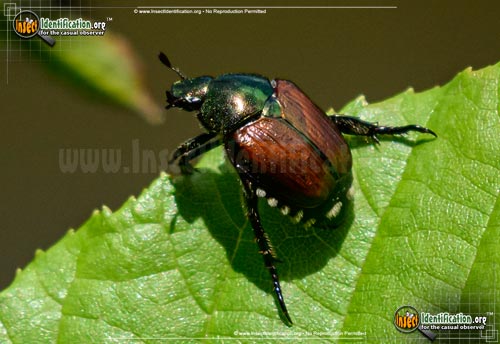japanese beetle life cycle iowa
Japanese beetle life cycle. Its not easy to spot the Japanese beetle at first.
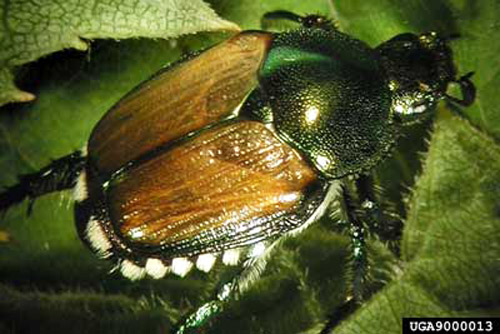
Japanese Beetle Popillia Japonica
Adults begin to emerge in May and feed on foliage through September.

. The adult Japanese beetle is a little less than half an inch long and has a shiny metallic-green body with bronze-colored. Adult female beetles lay eggs in the soil in early June. Females lay eggs in soil that hatch within seven to 14 days and grubs begin feeding on grass roots.
Free Shipping on Qualified Orders. The Japanese beetle did not appear in Iowa until 1994 but is now found in over 34ths of the state. Here are the stages in the lifecycle of a Japanese beetle.
Japanese beetles mate and feed in groups. The Japanese beetle adult an attractive pest. Japanese beetle have one generation per year Figure 2.
A typical cluster of Japanese beetle eggs. Japanese beetles are similar to other Junebugs in appearance and 38 inch long and 14 inch wide. The grubs of these pests will feed on the roots of the grass and can cause them to thin out.
They overwinter deep in the soil and resurface again in spring when soil temperatures rise to feed for another 3 to 4 weeks before emerging as adult Japanese beetles. Stage 1 eggs Stage 2 larva instar I II III Stage 3 pupa chrysalis Stage 4 adults. Late-planted fields are at greater risk.
Adults feed on the foliage and fruits of several hundred species of fruit trees ornamental trees shrubs vines and field and vegetable crops. Most damage is from adult feeding. After the egg hatches in summer the grub feeds on roots until the following summer when it emerges as a shiny beetle.
The egg larva and pupa life cycle stages develop underground and unless soil is removed or dug into these life stages will not be seen. Japanese beetle life cycle. Since then Japanese beetles have spread throughout most states east of the Mississippi River.
Both as adults and as grubs the larval stage Japanese beetles are destructive plant pests. Adults emerge from grass in late June and immediately begin to. Japanese beetles are often found in field edges or areas of delayed growth.
Observing Japanese beetles feeding on plants is quite common since the adult beetle feeds on about 300 species of trees shrubs ornamental and fruit trees in addition to vegetable crops. Ad Low Prices on japanese beetle trap. However the larval grub also can feed on roots.
Grubs cease feeding in October and overwinter 15 cm below the soil surface Figure 3. The eggs hatch in about 2 weeks and the developing Japanese beetle larvae white grubs feed on organic matter and grass roots until late fall. Thats because much of its life cycle takes place underground.
Life Cycle Japanese beetles have one generation per year in Iowa Photo 1. Japanese beetles go through multiple stages in their life cycle.
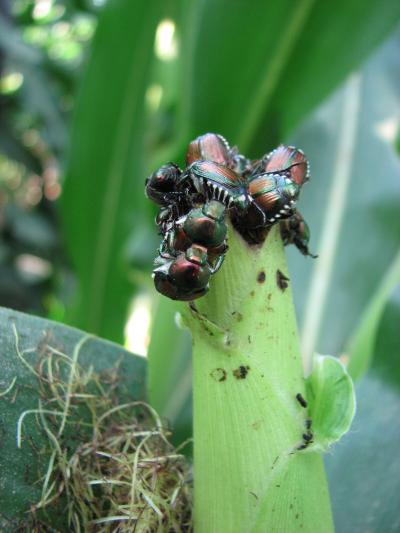
Japanese Beetle In Corn And Soybean Integrated Crop Management
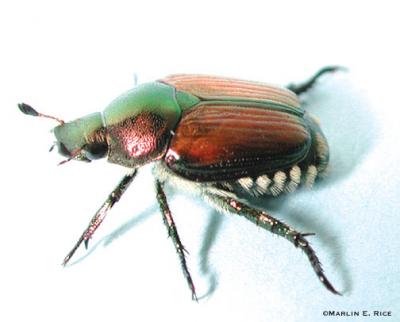
Japanese Beetle In Corn And Soybean Integrated Crop Management
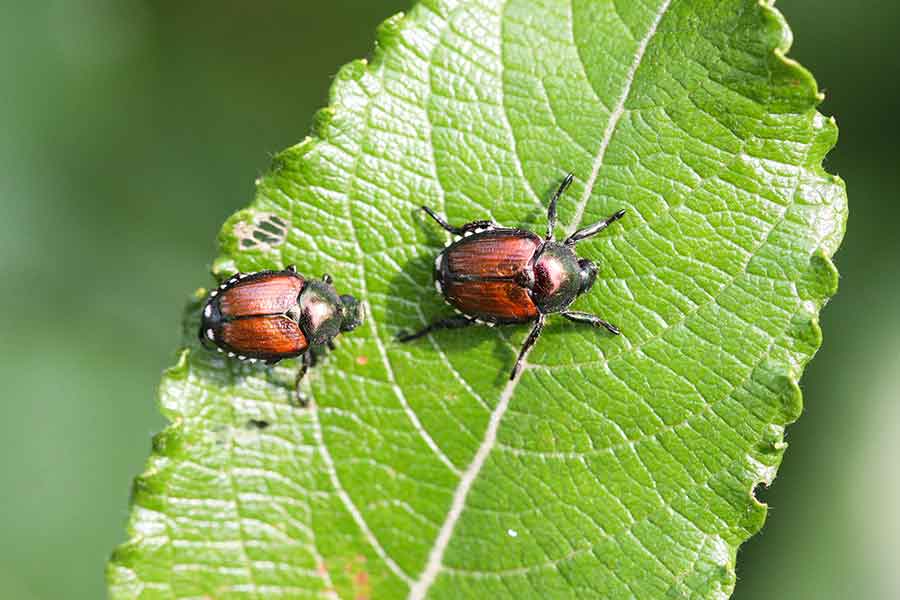
Japanese Beetle The Arbor Day Foundation

Japanese Beetles Meadows Farms
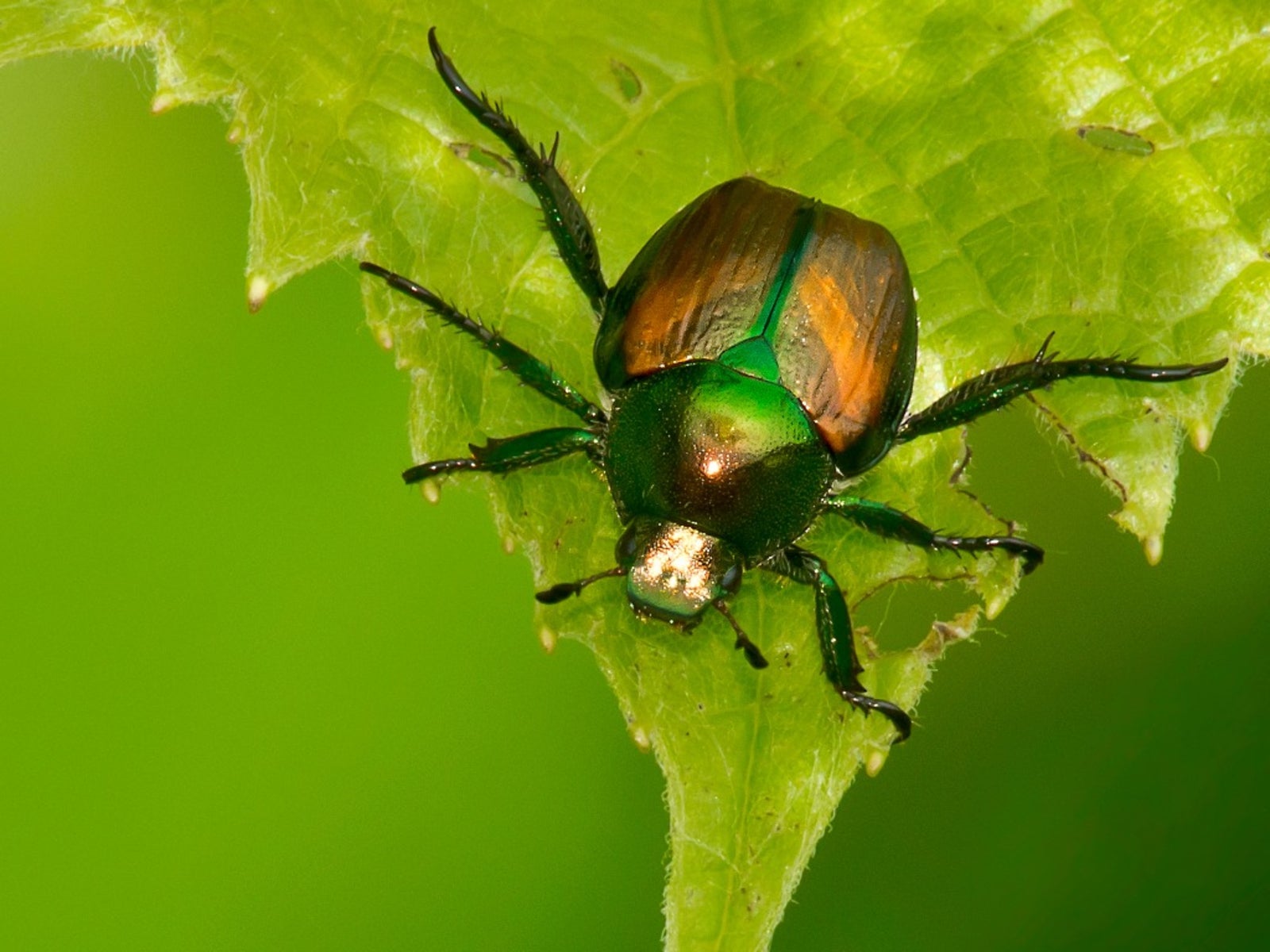
Information On Plants That Deter Japanese Beetles And Plants Japanese Beetles Avoid
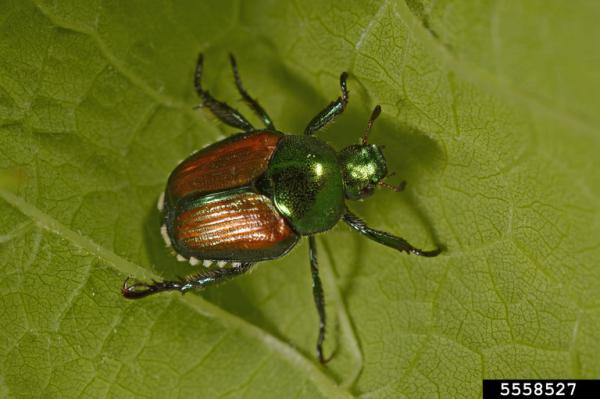
Japanese Beetle National Invasive Species Information Center
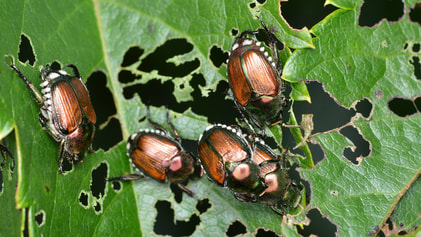
Japanese Beetles The Garden Website Com

Japanese Beetle In Corn And Soybean Integrated Crop Management

Effective Management Remains Elusive For Beetle That Eats Almost Anything

The Japanese Beetle Has Reached Its Peak Population In Places Across Iowa While Some Areas Of The State Have Not Seen The Bee Japanese Beetles Beetle Japanese

Japanese Beetle In Corn And Soybean Integrated Crop Management

Japanese Beetle Control The Good Earth Garden Center
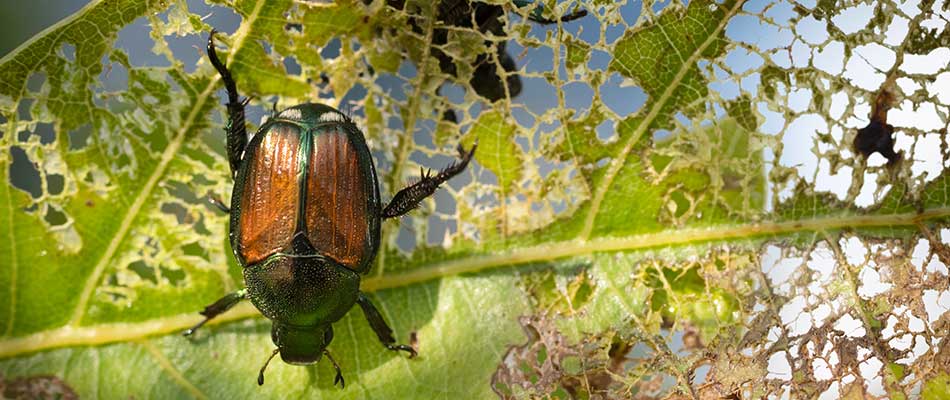
Japanese Beetle Control In Des Moines West Des Moines Ankeny Ia A Lawn Landscape

Signs Of Japanese Beetle Infestations Shades Of Green Lawn Landscape
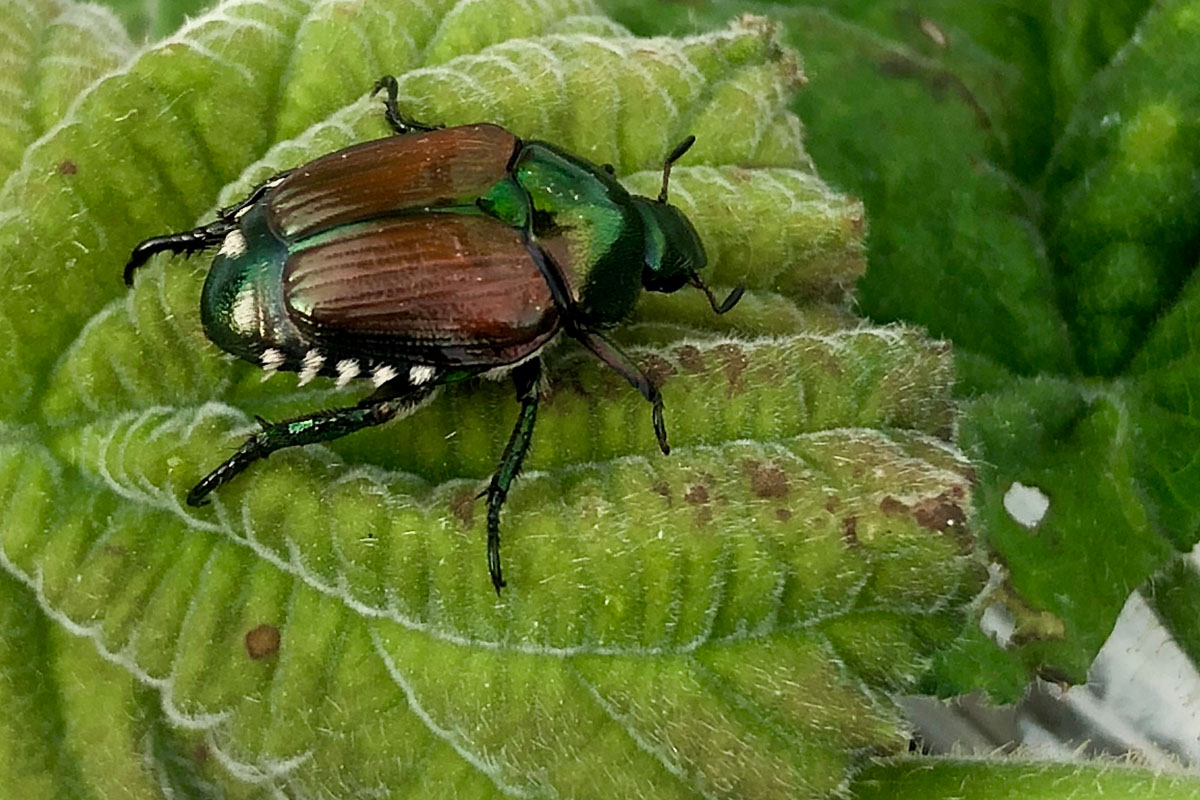
Japanese Beetle Control The Good Earth Garden Center
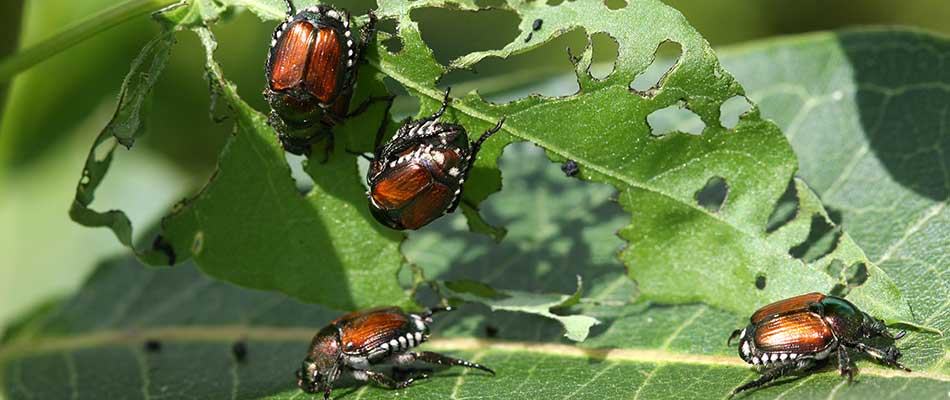
Japanese Beetle Control In Des Moines West Des Moines Ankeny Ia A Lawn Landscape

9 Scents That Japanese Beetles Hate And How To Use Them Pest Pointers

